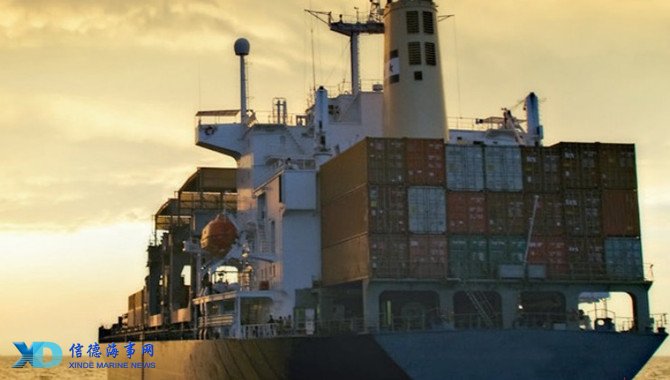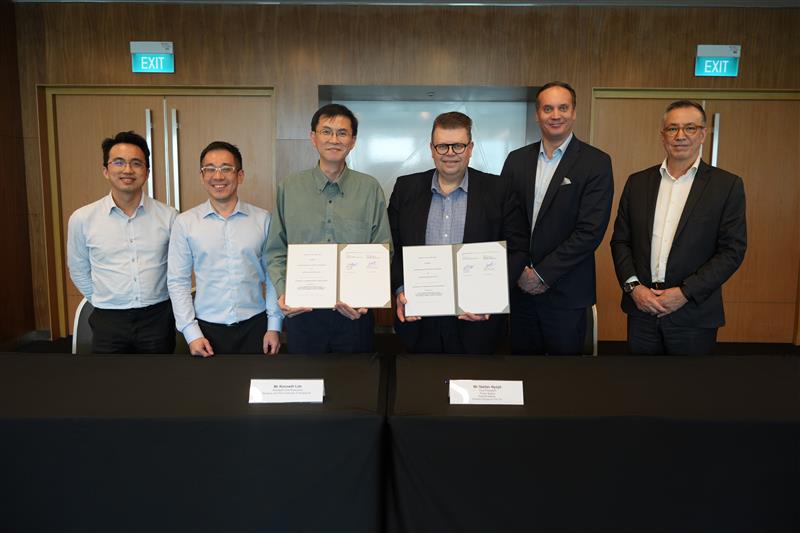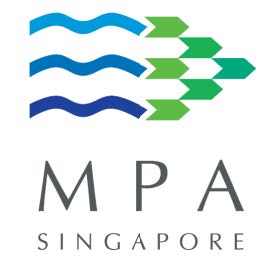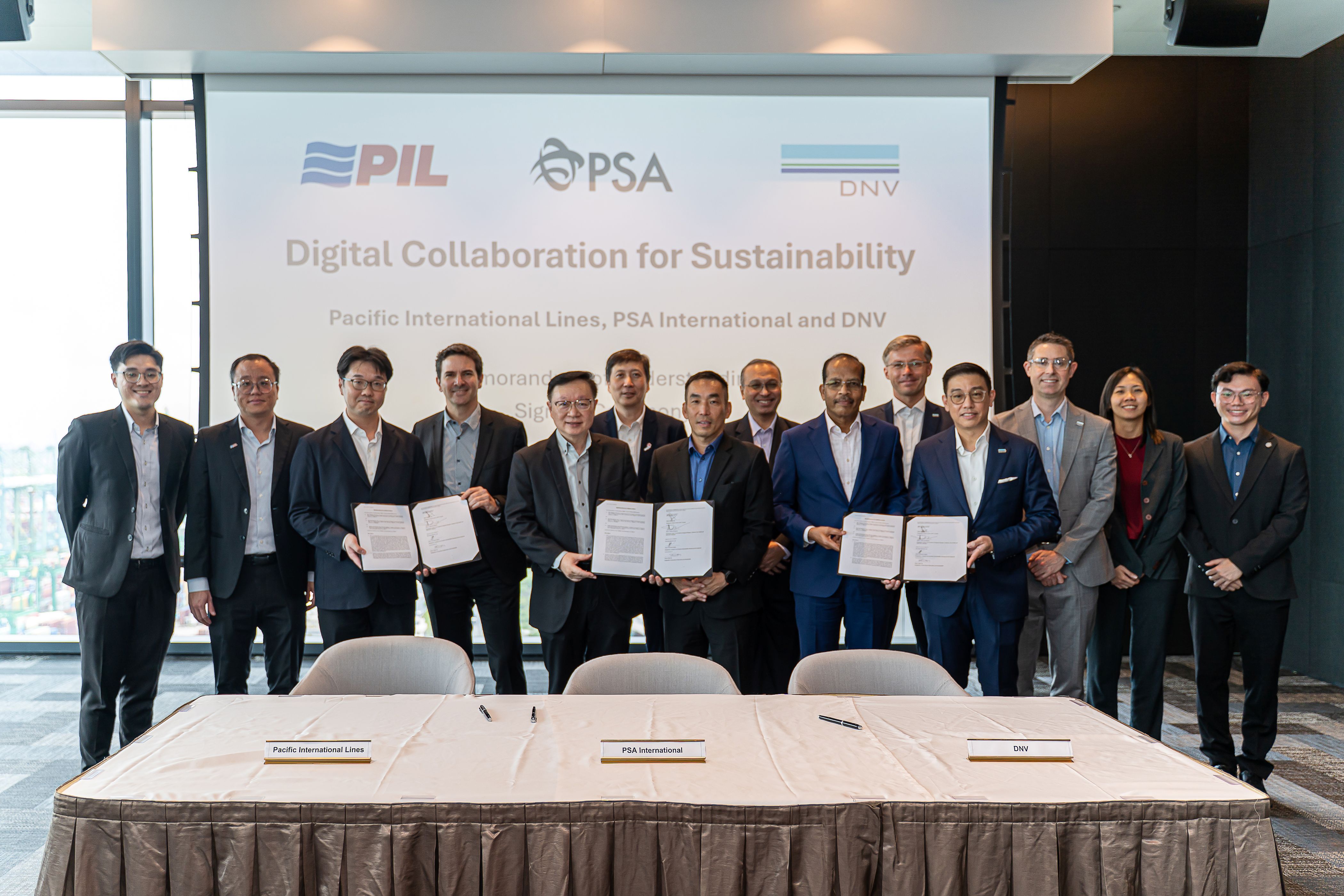
The International Maritime Solid Bulk Cargoes (IMSBC) Code describes coal as a natural, solid, combustible material consisting of amorphous carbon and hydrocarbons. Although coal is best known for its flammable and self-heating properties, certain coal cargoes may also be liable to liquefaction. The upcoming amendments to the IMBC Code concern the criteria under which coal cargoes are considered Group A, i.e. liable to liquefy, in addition to the Group B chemical hazards which apply to all coal cargoes, such as potential self-heating or methane emissions. Coal cargoes may therefore require the same TML and moisture certification as other Group A cargoes, such as concentrates, nickel ore and iron ore fines.
The classification of coal has changed so that all coal is to be treated as both Group A and B, unless otherwise tested. This means that all coal cargoes are to be considered as both liable to liquefy and have a chemical hazard – unless they meet the new criteria as detailed in the IMSBC Code.
There are two alternative ways in which shippers may demonstrate that a coal cargo is not Group A:
1. Coal cargoes are not subject to Group A requirements if they have a particle size distribution such that: Not more than 10% is less than 1 mm AND not more than 50% is less than 10 mm.
It is important to note the use of “AND” in the above, which means that cargoes exceeding either of these limits will not be exempt from Group A requirements. This differs from (and covers a wider range of cargoes than) the equivalent size criteria for iron ore fines.
2. Alternatively, the competent authority of the country of loading can specify laboratory criteria to assess whether or not a coal cargo possesses Group A properties. Such criteria would most likely be based on the outcome of the test methods for Group A cargoes in Appendix 2 of the IMSBC Code.
For cargoes that are Group A (and B), shippers can now test the cargo for its Transportable Moisture Limit (TML) using a newly developed test method for coal. The coal TML method is a modified Proctor/Fagerberg (PF) procedure which is significantly different from the existing PF methods (e.g., those modified for iron ore fines) in that there is a new procedure on how to deal with lumps over 50 mm in the sample, as well as different Proctor hammer and a different cylinder than other PF methods. Drying ovens should have forced circulation or use an inert gas, unlike ovens used for the other TML test methods. It is anticipated that suitable TML test facilities will not be widely available in commercial coal laboratories, at least in the short term.
Some coal loading locations, such as in Indonesia, have fairly remote access and the shippers may not have specialist lab facilities at the loading ports. All TML testing and certification should be completed prior to start of loading. However, it may not be possible to achieve either the sizing or TML testing at the load port should there be any dispute.
As with all solid bulk cargoes, the IMSBC Code requires all proper documentation to be provided to the master prior to any loading commencing, and this will now include the information on the coal classification.
The rationale for shippers declaring a cargo as either Group B only, or Group A and B, will need to be clearly stated. The sizing criteria could be included on the cargo declaration, or it could be issued as a separate certificate. If there are no sizing criteria provided, the coal should be assumed to be both Group A and B, and hence require a TML and moisture certification prior to loading. As with all Group A cargoes, if the coal has a TML certificate then it must be protected from rain in shore stockpiles and barges during loading, and the moisture content will need to be re-checked after any rain at the load port.
The above does not have any bearing on the other hazards of coal, such as self-heating or methane emissions, and these hazards will still need to be monitored and controlled for each cargo.
We thank Penelope Cooke of Brookes Bell LLP for providing this information and remind our Members and clients that cargo liquefaction can lead to catastrophic loss of life and property. Failure to follow the proper test protocols and failure to provide proper certification of test results will likely lead to delay and consequential costs. For further information about carriage of coal cargos, we refer to the Dry Bulk Cargo section of Gard’s website in general and to our publications “Loading of coal cargoes” of 9 November 2015 and alert “Self-heating of coal cargoes at Kalimantan, Indonesia” of 2 July 2010 in particular. Reference is also made to the precautions set out in our various loss prevention publications covering cargo liquefaction.
Member and clients should contact their Club if they are of the view that the goods are incorrectly classified.
Source: Gard
Please Contact Us at:
admin@xindemarine.com


 Baltic Exchange launches new Fuel Equivalence Conve
Baltic Exchange launches new Fuel Equivalence Conve  21 Consecutive Years of QUALSHIP 21 Recognition for
21 Consecutive Years of QUALSHIP 21 Recognition for  MPA and Wärtsilä Renew Partnership to Drive Marit
MPA and Wärtsilä Renew Partnership to Drive Marit  MPA and Dalian Maritime University Renew Partnershi
MPA and Dalian Maritime University Renew Partnershi  PSA INTERNATIONAL, DNV AND PACIFIC INTERNATIONAL LI
PSA INTERNATIONAL, DNV AND PACIFIC INTERNATIONAL LI  INTERCARGO Reaffirms Call for Simplicity as IMO Cli
INTERCARGO Reaffirms Call for Simplicity as IMO Cli